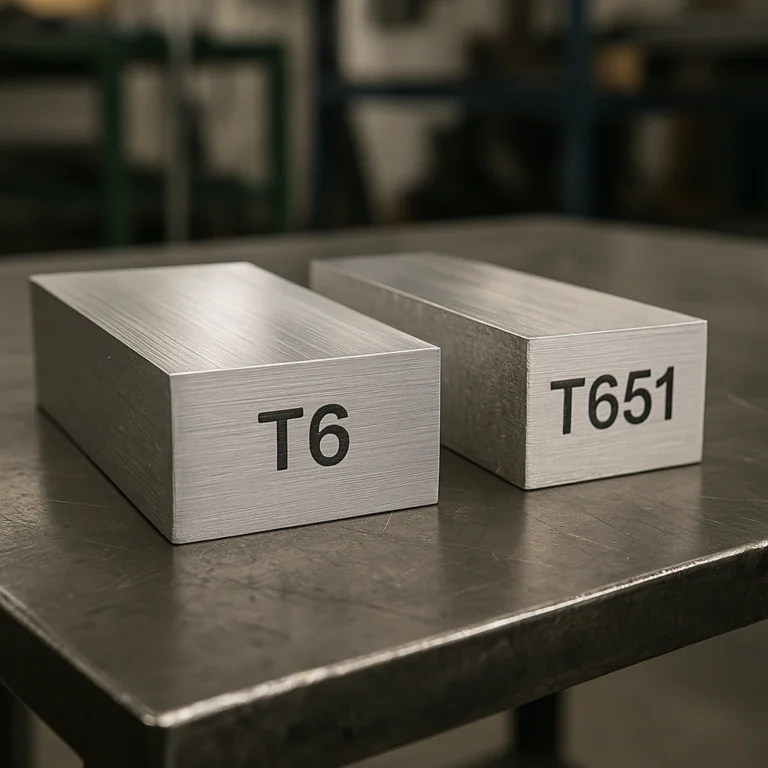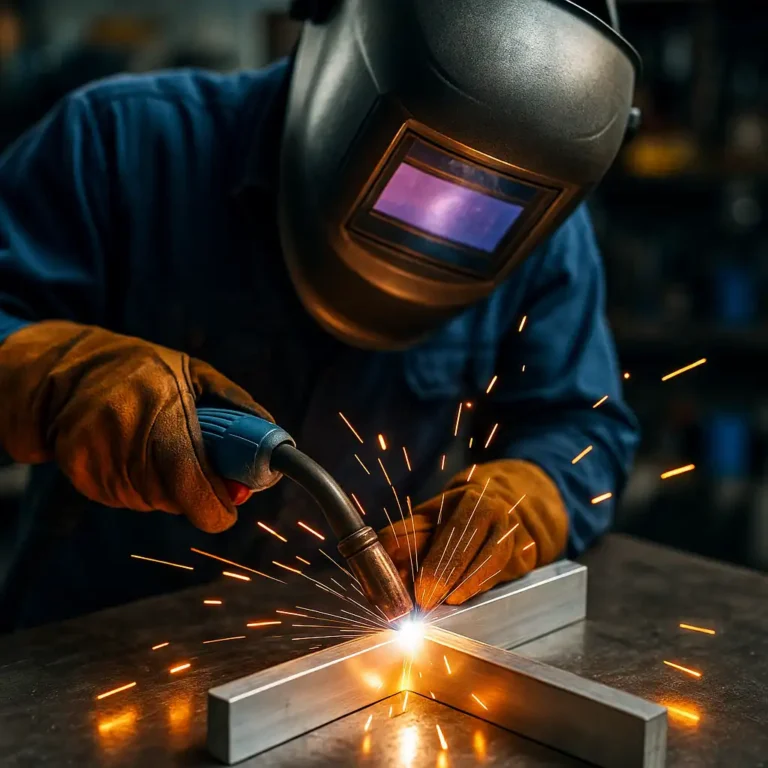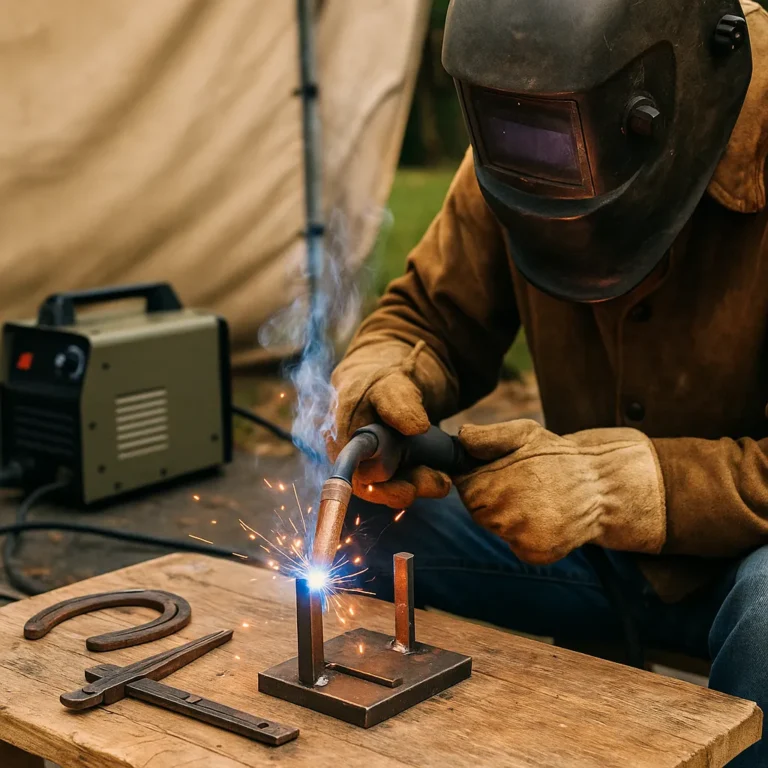Can You Weld Galvanized Metal to Steel Without Issues?

Disclosure: This post contains affiliate links. As an Amazon Associate, I earn from qualifying purchases—at no extra cost to you.
Welding galvanized metal to steel is a common challenge in fabrication, repair, and industrial construction. Galvanized metal is simply steel coated with a layer of zinc to prevent rusting, but this coating creates complications when exposed to the high heat of welding. The good news? It can be done—safely and effectively—if you understand the proper preparation, precautions, and techniques.
Why Welding Galvanized Metal Is Tricky
The main challenge of welding galvanized metal lies in the zinc coating. When heated, zinc vaporizes and releases toxic fumes, primarily zinc oxide, which can cause a condition known as metal fume fever. Additionally, the zinc layer can lead to weak welds if not removed properly. These risks make preparation the most important step in the process.
Preparation: The Key to a Successful Weld
Before welding, you must remove the zinc coating from the area to be welded. This can be done using a grinder, wire wheel, or chemical stripper. Clean the area thoroughly to expose the bare steel underneath, which will allow for a strong, reliable weld.
Welders should also wear proper PPE, including a welding respirator or ensure they work in a well-ventilated space to minimize inhalation of fumes. Avoid working in enclosed areas without an exhaust system.
Best Welding Methods for Galvanized to Steel
Several welding methods can be used once the surface is prepped:
- MIG Welding (GMAW): One of the most common methods. It offers control and is well-suited for thin to medium thickness materials.
- Stick Welding (SMAW): Preferred for outdoor projects or heavy-gauge materials. Use electrodes designed for galvanized steel.
- TIG Welding (GTAW): Ideal for precise work but requires more skill and may not be efficient for thicker materials.
Each method requires the zinc to be removed before welding begins and may require post-weld treatment for corrosion resistance.
Post-Weld Treatment
After welding, the exposed steel areas will be vulnerable to corrosion. To restore corrosion resistance, it’s essential to reapply a zinc-rich paint or cold galvanizing compound. Skipping this step may lead to premature rusting at the weld joint, defeating the purpose of using galvanized steel in the first place.
Conclusion
Yes, you can weld galvanized metal to steel, but only with the right preparation and safety precautions. Removing the zinc coating before welding, working in a ventilated area, and choosing the right welding method will help ensure a clean, durable weld. Don’t forget to recoat the area after welding to prevent rust and maintain the integrity of the metal over time.
Related Articles You Might Find Helpful
- Can You Weld Cast Iron to Steel?
- Can You Weld a Cracked Engine Block?
- Can You Weld a Magnet?
- Can You Weld Stainless Steel With a MIG Welder?






